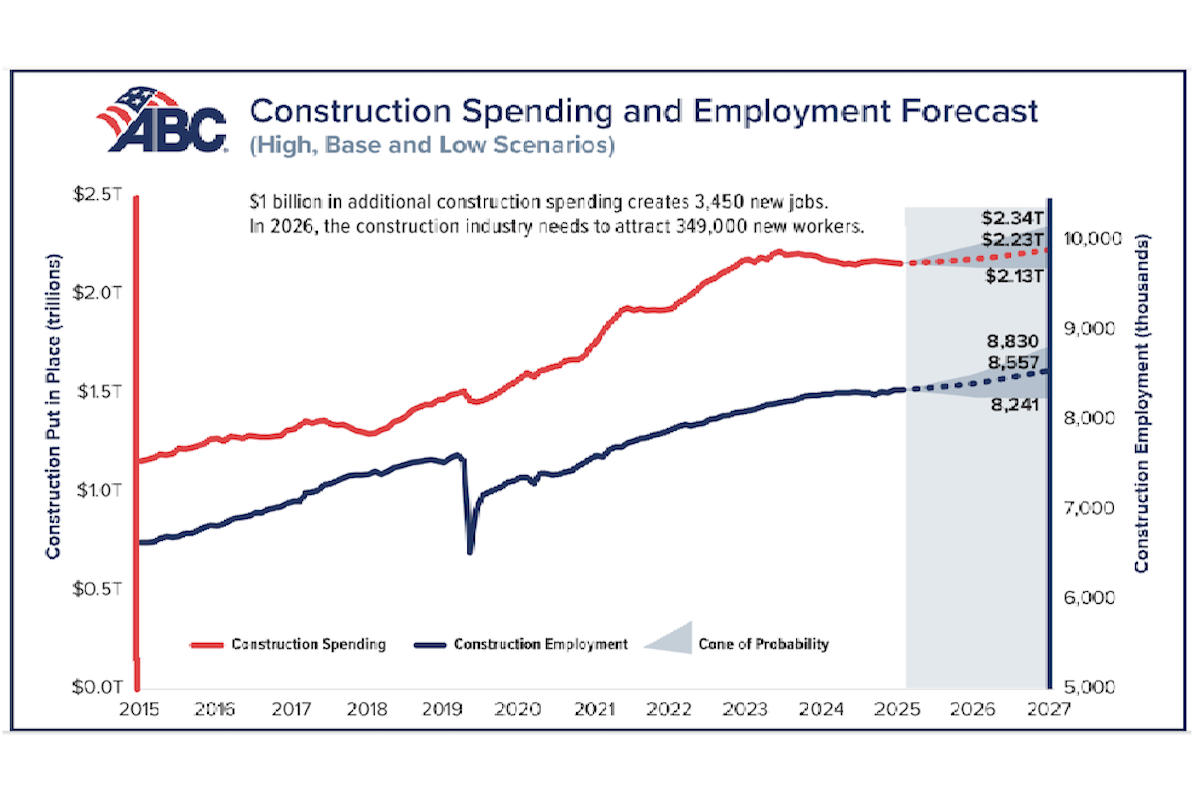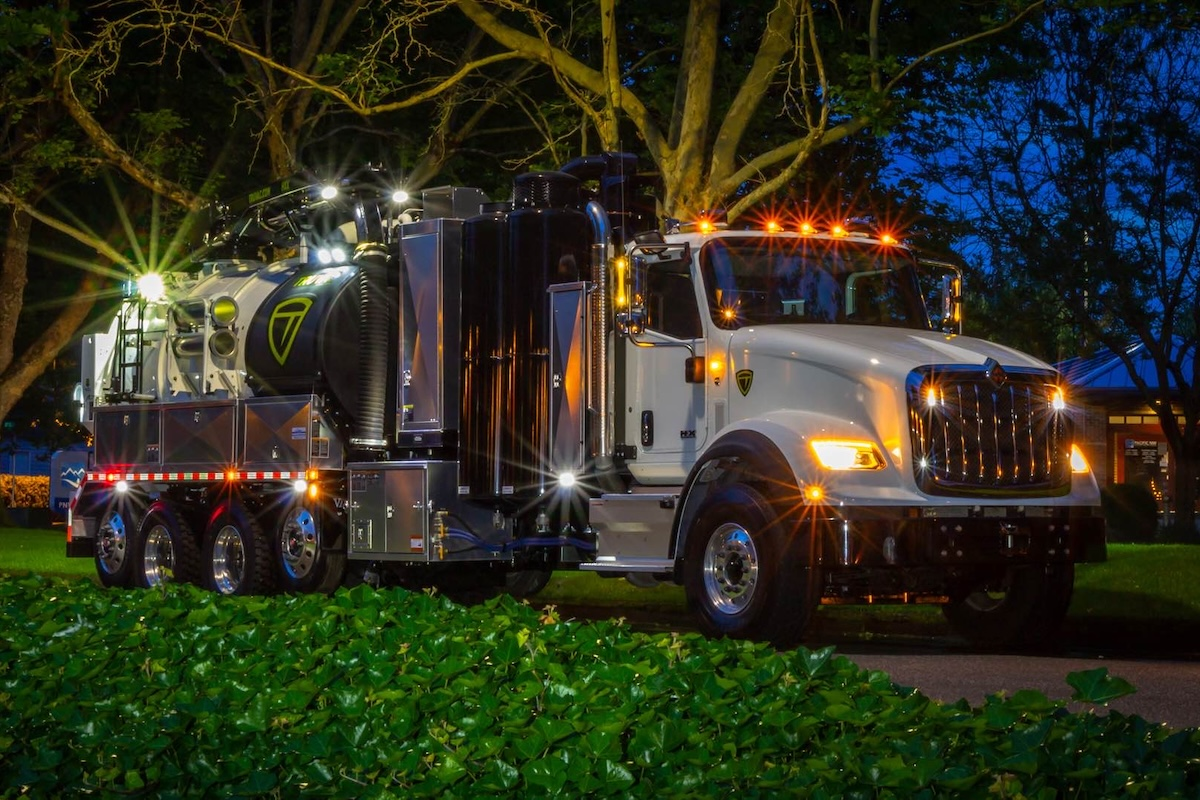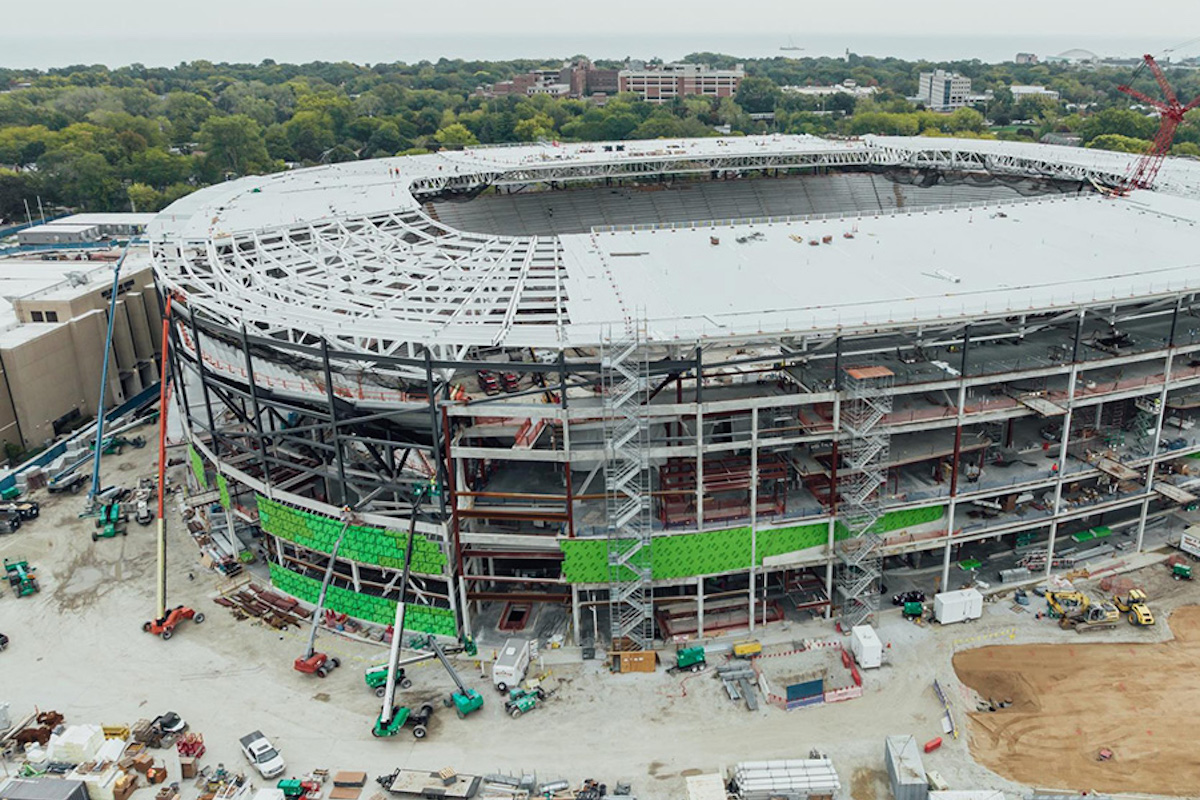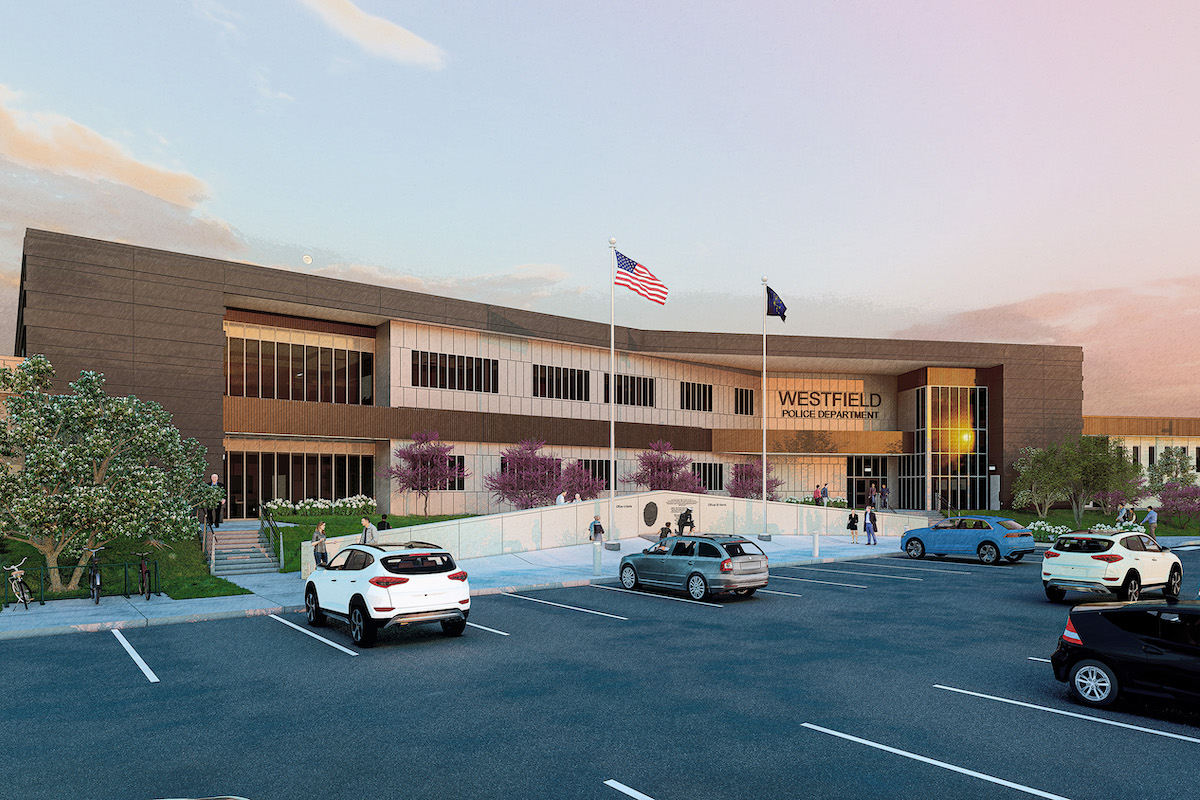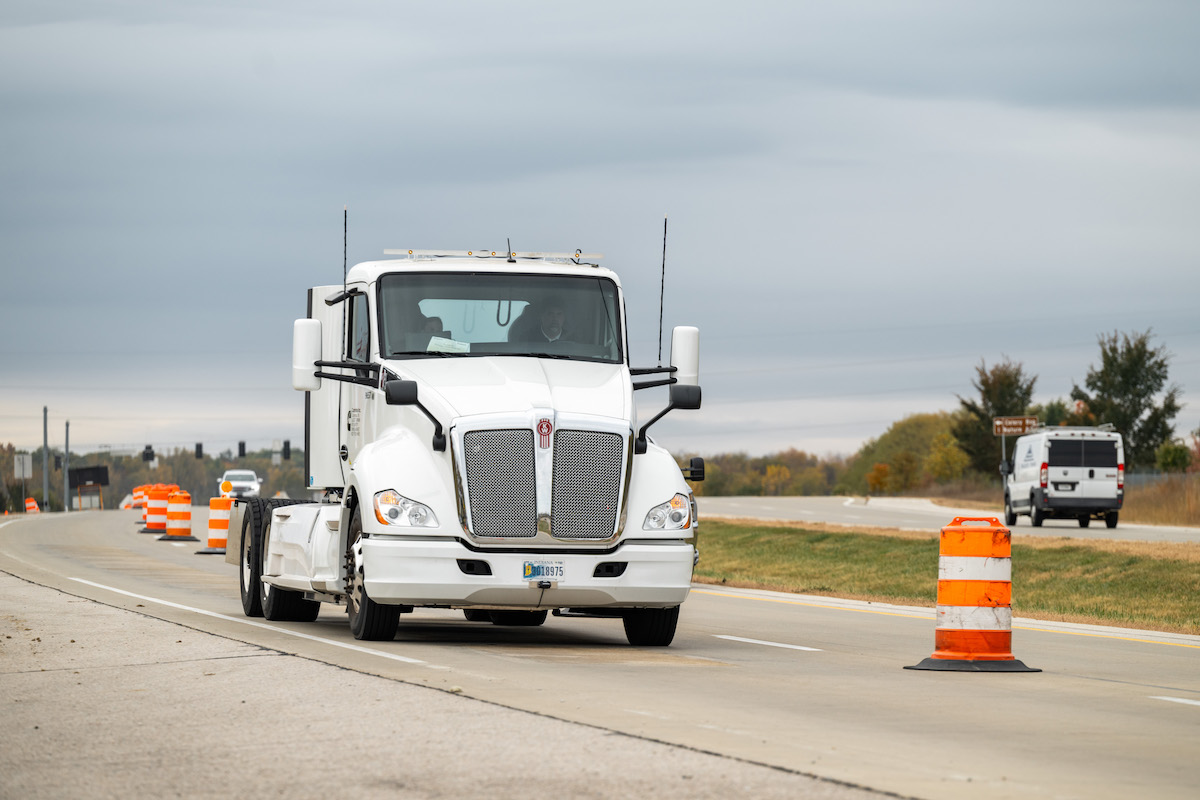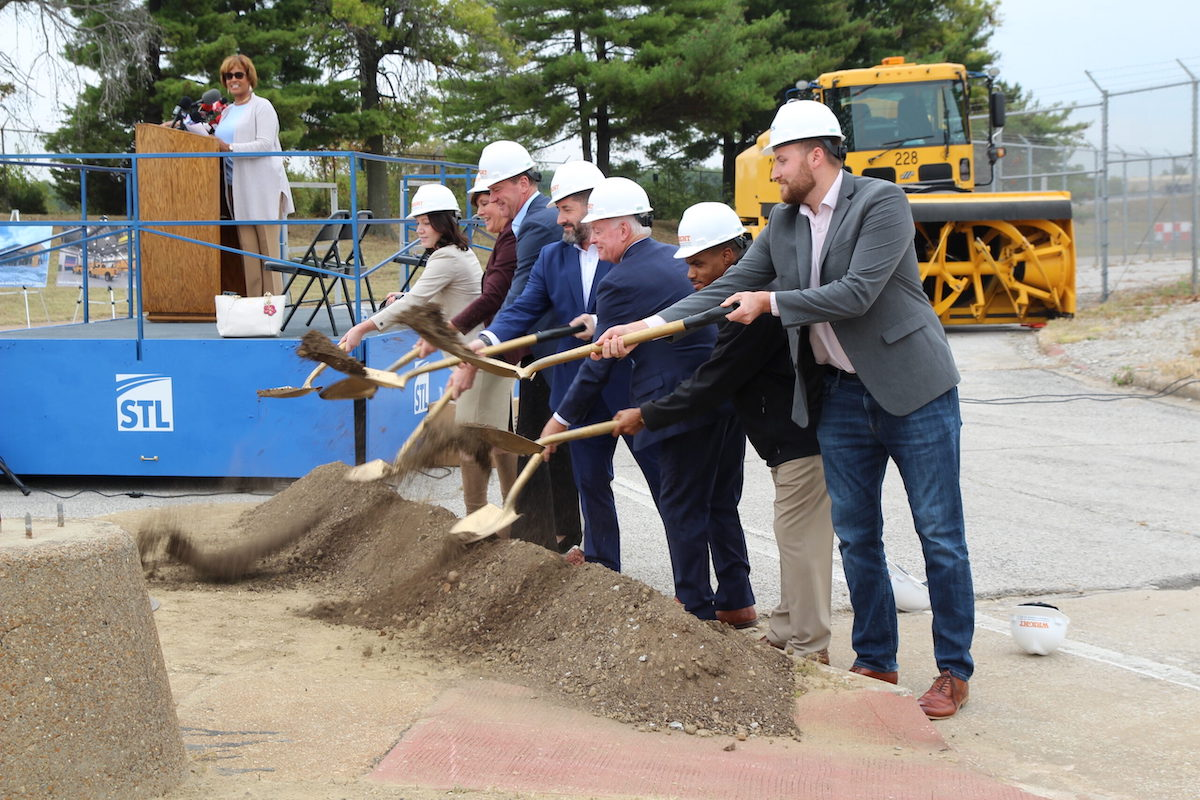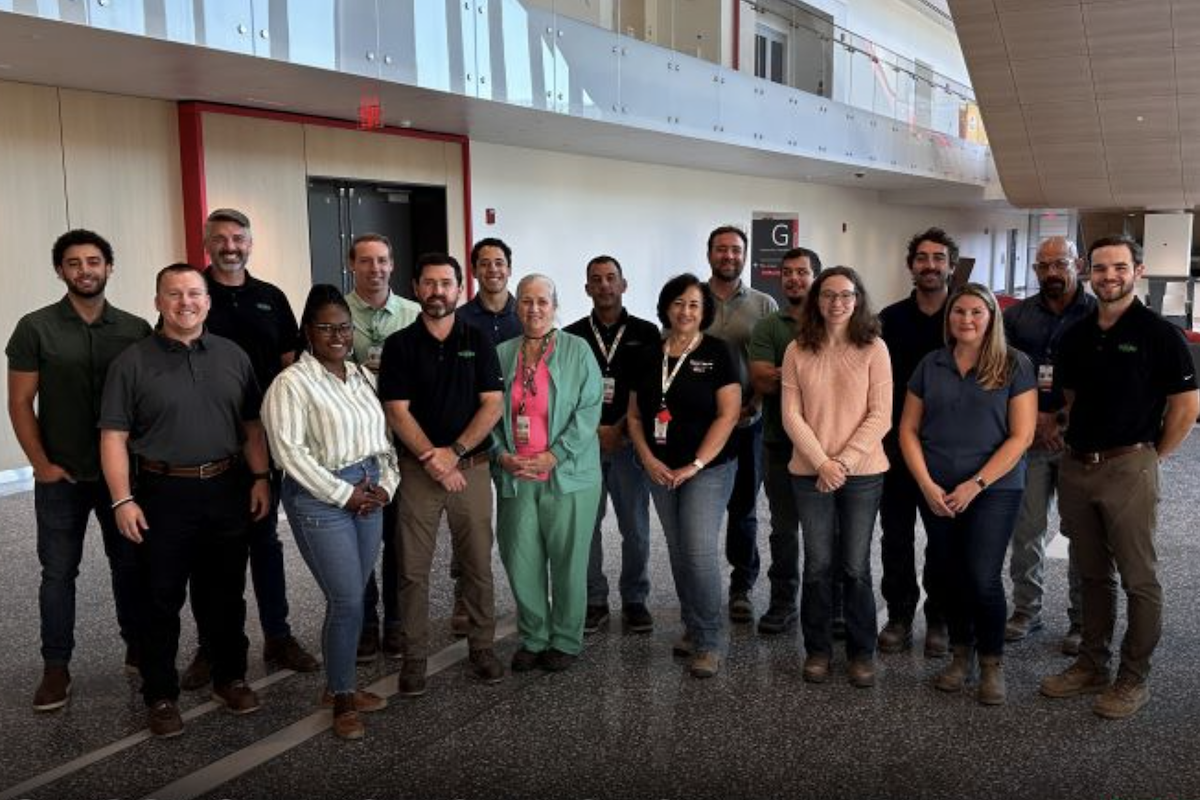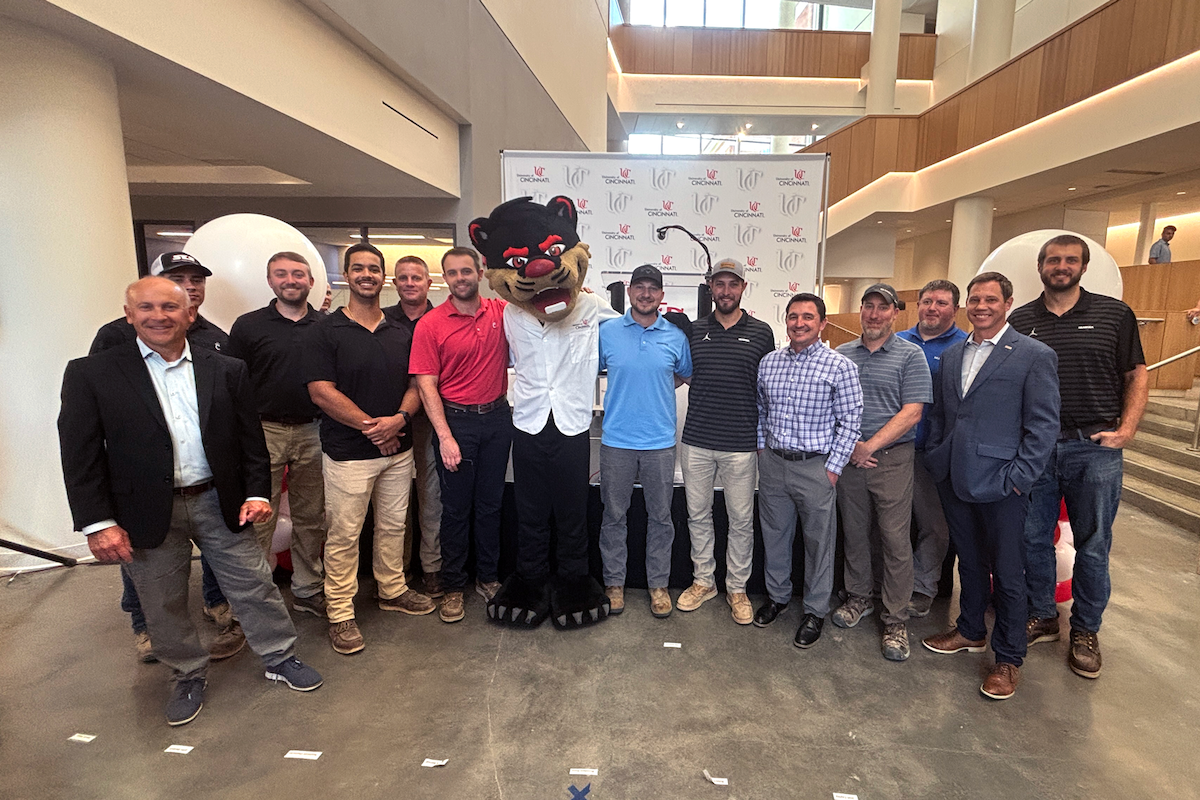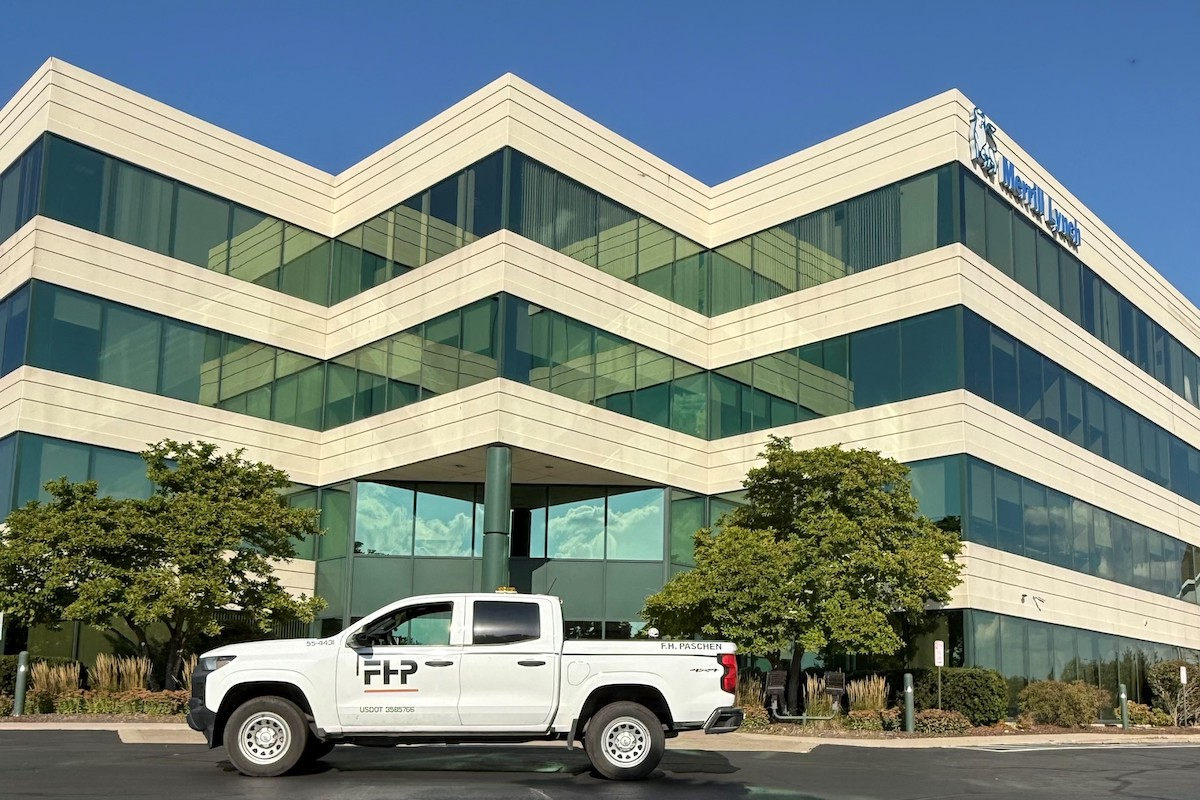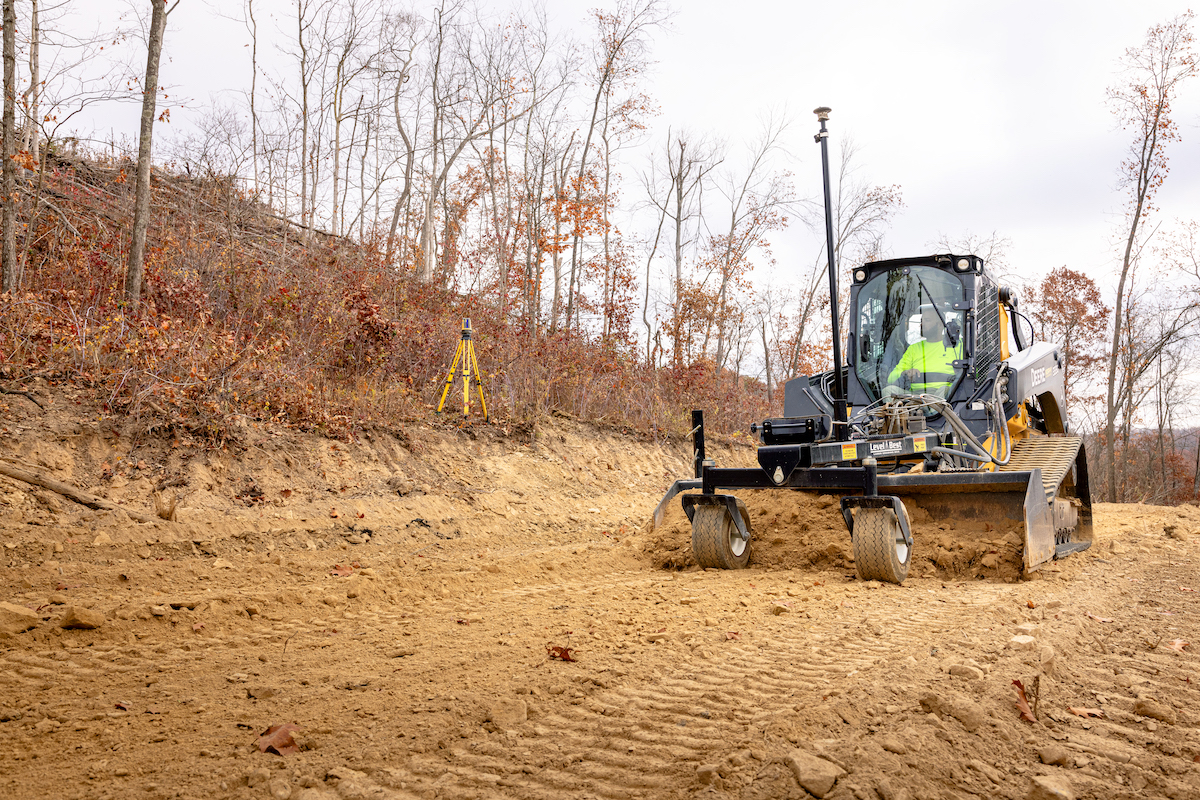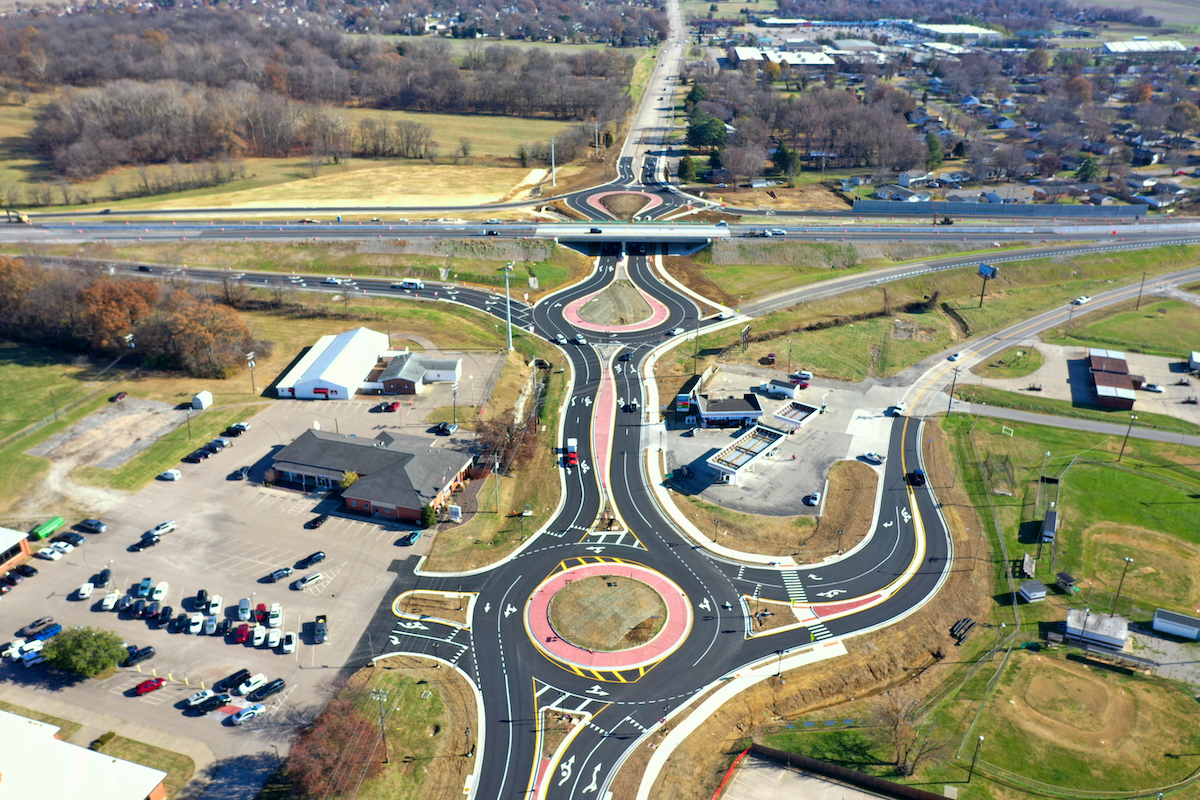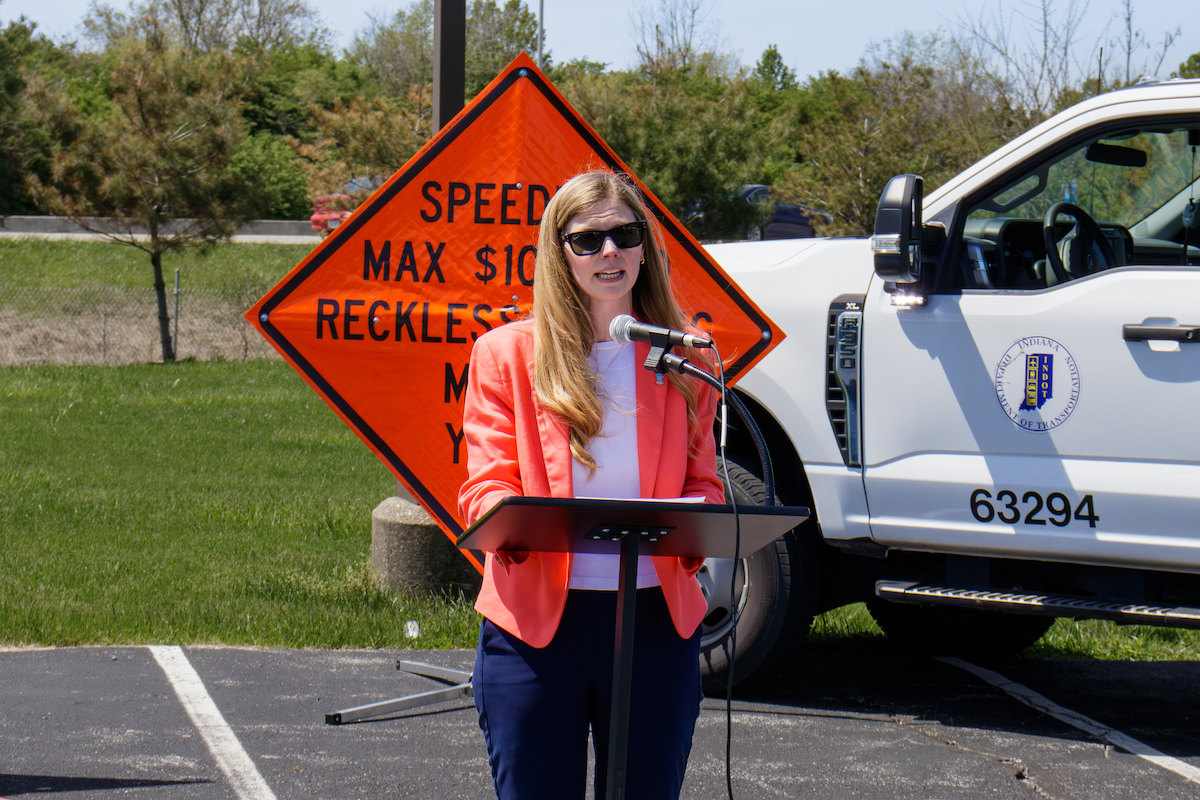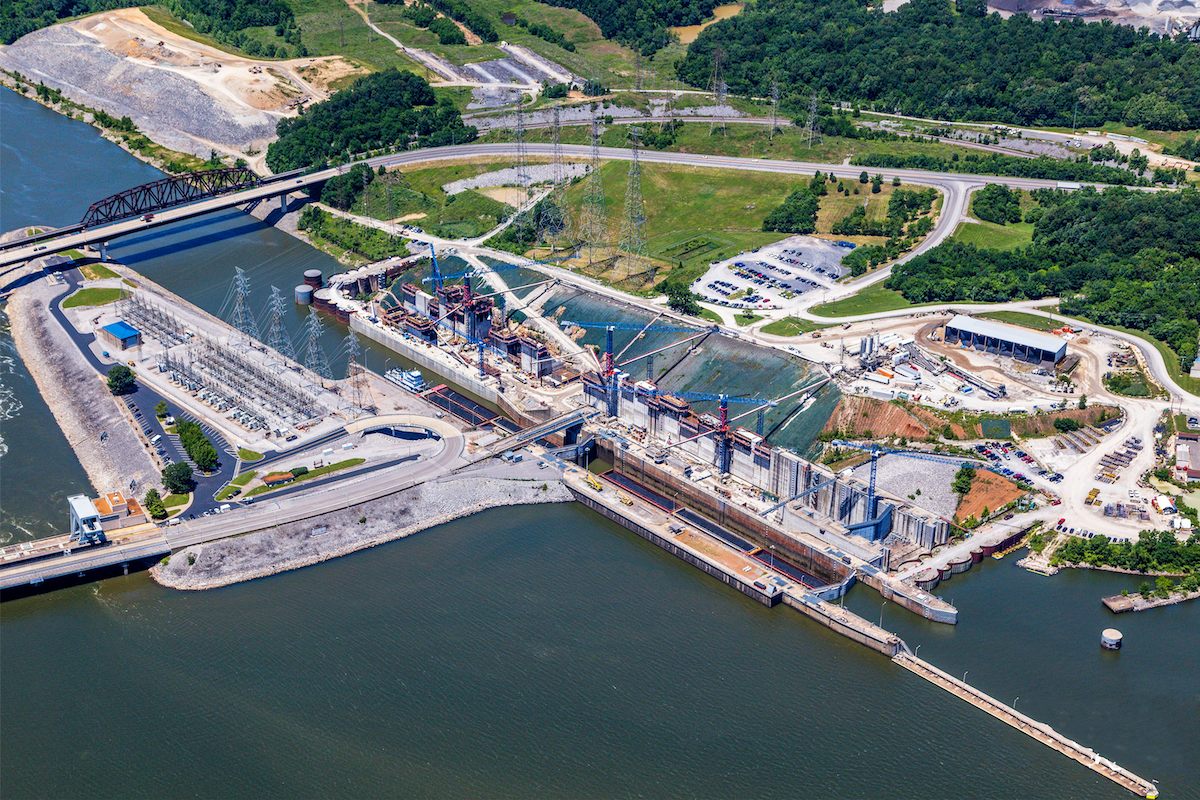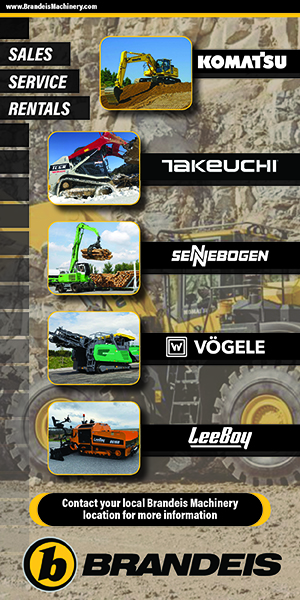The first Hoosier roads were made not by human hands, but by animals traveling through heavily wooded forests. Indigenous populations followed these trails, too, creating the basis for many of today’s major transportation arteries. Later, pioneers were required to donate a few days each year to build and maintain roads using hand tools, oxen, and horses to clear paths for trade routes. They used natural materials including wood planks and crushed stone to create passable roads through the state to aid in commerce, farming, and settlement.
Interestingly, the bicycle was the machine that was the catalyst for some of the biggest leaps in road building technology. This popular, inexpensive mode of transportation required improved safety and higher quality infrastructure. From the late 1870s through 1890s, bicyclists across the country formed the Good Roads Movement. They were soon joined by farmers who were keenly interested in the Free Rural Delivery program (the predecessor of today’s U.S. Postal Service) and by the introduction and growing use of the Ford Model T.
To create the paved roads required to safely support the growing use of bicycles and automobiles, macadam roads — made by layering and compacting crushed stone — slowly replaced dirt pathways. Horse-drawn rollers compacted the layers and were later replaced by self-powered vehicles. In 1926, a Purdue Road School presentation cited the importance of maintaining macadam roads with bituminous materials applied by a pressure distributor mounted on a truck. Some stretches of roads, particularly in cities and towns, were paved with brick.
The innovation of two major types of road building materials used today — and the equipment used to create road surfaces with them — formed the backbone of the industry during the 20th century. Testing showed that Portland cement concrete (made from a mix of Portland cement, sand, and aggregate) was strongest with mesh reinforcement, but was incredibly labor intensive. In the 1950s, the widespread use of drum mixers and slipform pavers made a huge impact on the National Highway System. The machinery to build roads using asphalt (a mix of petroleum bitumen and aggregate) saw advances in electronic leveling, extra-wide finishers, and vibratory steel rollers.

| Your local LeeBoy dealer |
|---|
| Brandeis Machinery |
Since the 1970s, road construction technology has placed an emphasis on sustainability and environmental responsibility. Techniques like asphalt reclamation and recycling or concrete modified with high-performance polymers extend the life of road building materials. Digital mapping technologies for surveying and design offer time-saving efficiencies, pinpoint precision, and improved access to remote locations.
What will road construction technology look like in the future? It’s happening in Indiana today! Civil construction students are learning to operate equipment on simulators. Smart technologies are connecting vehicles and work zones to create traffic alerts in popular apps like Waze or Google Maps.
The Wavelogix REBEL Concrete Strength Sensing System by Purdue University recently won the 2024 Edison Award for Critical Human Infrastructure for its ability to measure concrete strength in real time through a system of embedded sensors. Meanwhile, a collaboration between the Indiana Department of Transportation and Purdue University has started construction on a test stretch of highway that will wirelessly charge electric vehicles as they drive on it.
During the last 100 years, ICI members have championed the technologies that have improved transportation infrastructure safety and efficiency for their workers and the traveling public. To learn more, go to ici100.org.







